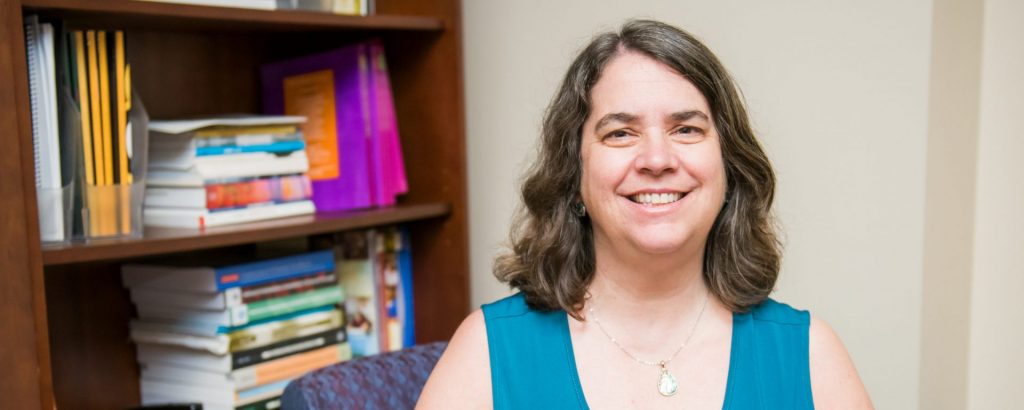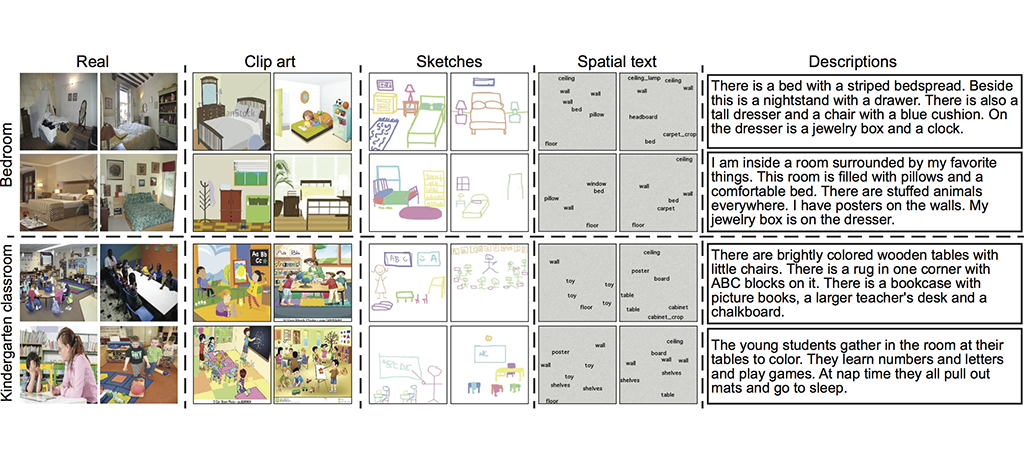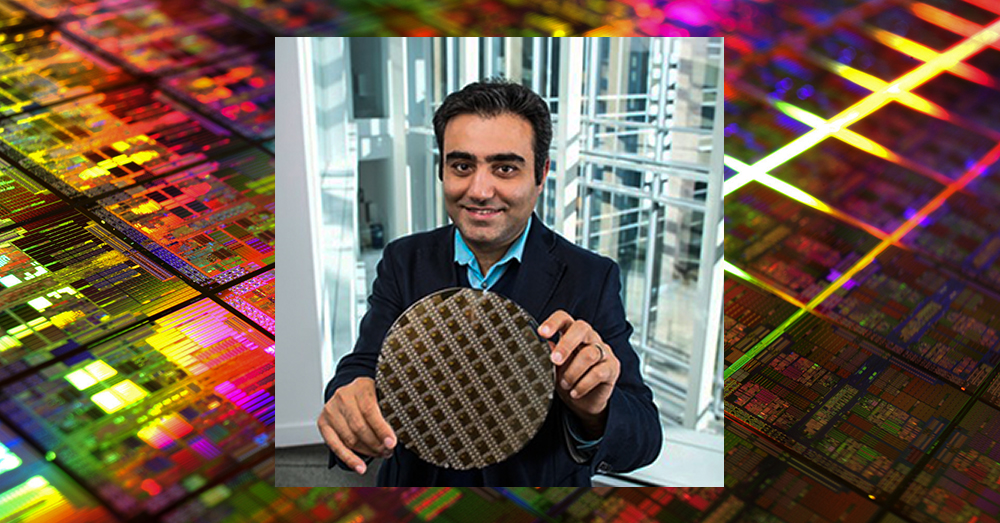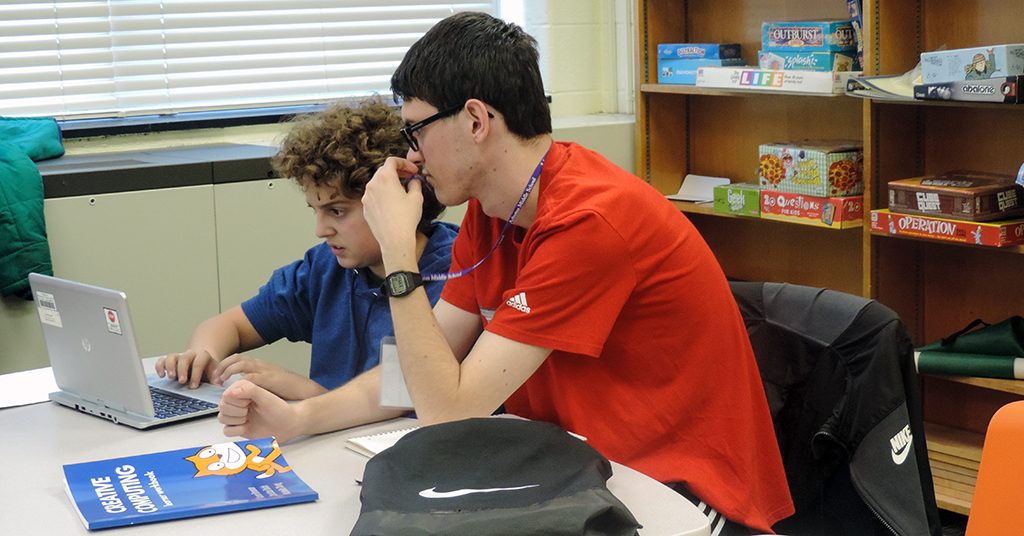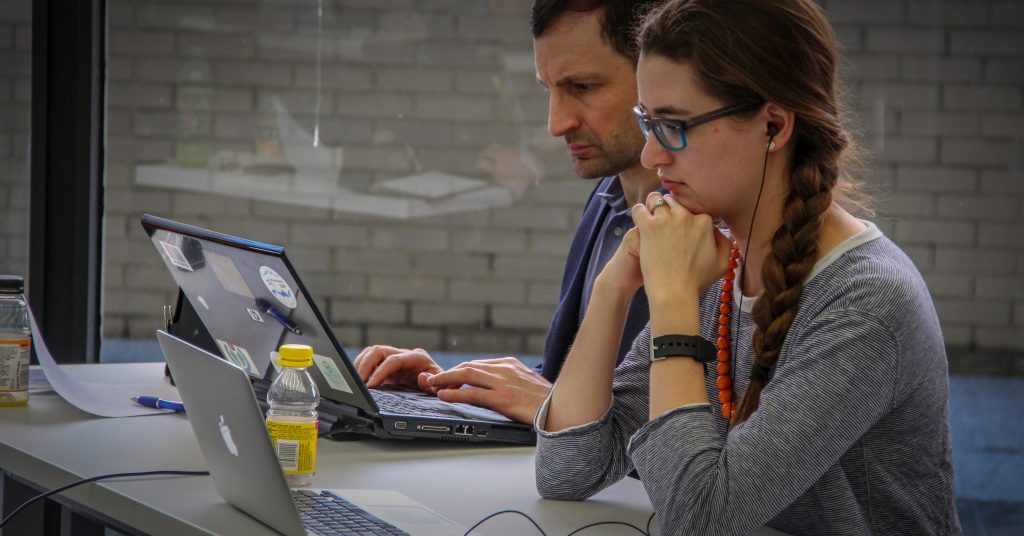 By Fourandsixty (Own work) [CC BY-SA 4.0 (https://creativecommons.org/licenses/by-sa/4.0)], via Wikimedia Commons
By Fourandsixty (Own work) [CC BY-SA 4.0 (https://creativecommons.org/licenses/by-sa/4.0)], via Wikimedia Commons
The Women Data Scientists in Baltimore Meetup will hold its first meeting this month, featuring a talk by Patty Stanton of the Social Security Administration on how to get started in the field of data science. Men are also welcome at this event. More information below.
Get started in Data Science!
2:00-4:00pm Saturday, March 31, 2018
Howard County Library Miller Branch, 9421 Frederick Rd, Ellicott City MD 21042
The existing gender gap and lack of female representation in the IT industry and STEM fields is a serious issue that needs to be met in the 21st century. A career in these fields can offer prestige, challenges, and rewards while still providing a work life balance. Please join us for networking, food, and a discussion with Patty Stanton.
Patty Stanton is a data scientist in the federal government. Patty would like to share with you her journey in becoming a data scientist, which is a career she loves. She has over twenty years of development and technical leadership role having worked as branch chief, a developer, and an engineer. She encourages more women with your unique skills and experience to join this field. She would like to discuss opportunities in data science and how to get started using different tools in data science. Patty will discuss some of her personal experiences, tips for getting started in data science, show you some interesting examples, and teach you how to pick projects at Kaggle! For more information, please read her article Women in Stem – Dealing with unconscious bias.
Schedule
2:00 PM Arrive, Networking, Food
2:30 PM Introductions
2:45 PM A Talk from Patty Stanton
3:45 PM Free discussion
Bring your computer if you want.
Men are welcome at this event. Our mission is to encourage more women and non-binary individuals to get involved in the data scientist community. Please help us by spreading the word about women data scientist in Baltimore. This is our first women’ data scientist event, please take a moment to review R-Ladies Global code of conduct. RSVP here.



